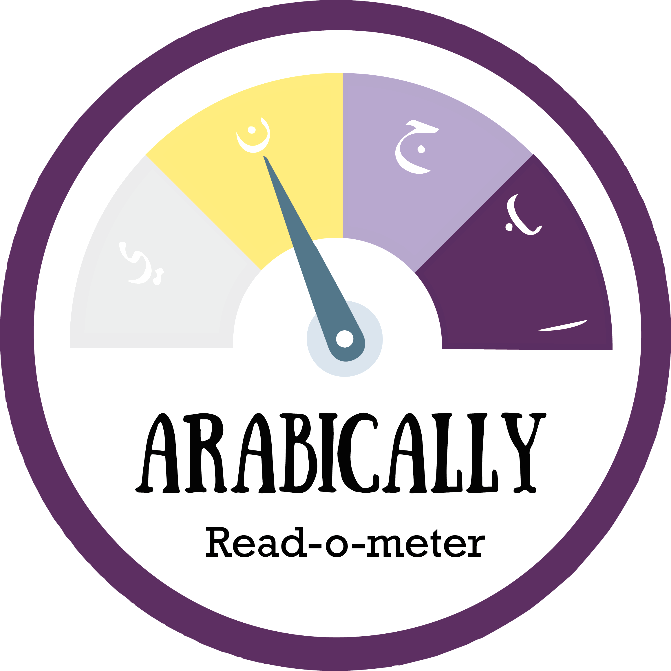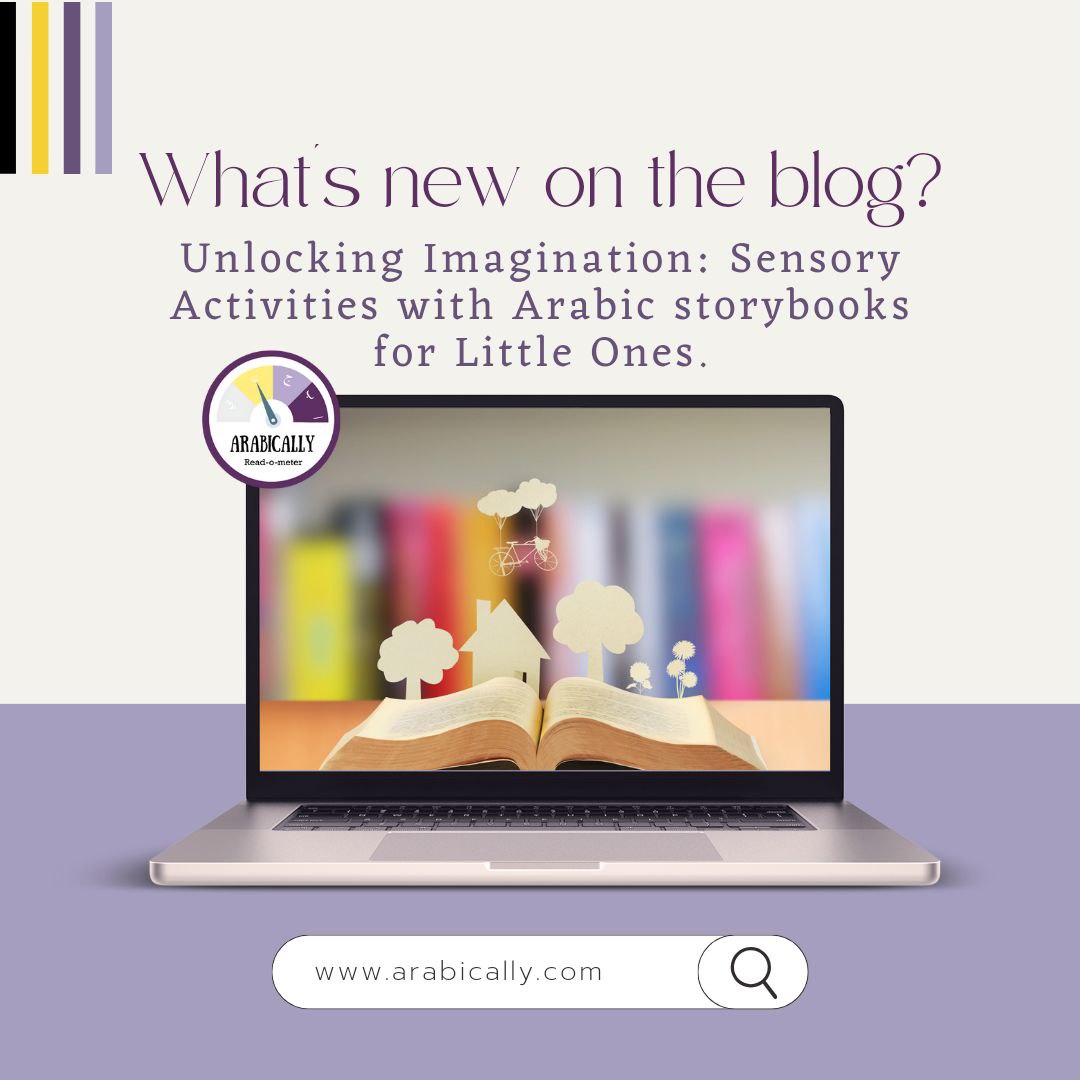
Content and Language Integrated Learning; catching up to current trends in foreign language learning
A classroom filled with eager to not very eager students. A traditional methodology. An age old language. A fixed mindset for foreign language teaching. Tests. More tests. Dread.
Together, we have the recipe for lagging (de)motivation in second language learning. In the past century, EFL (English as a Foreign Language) has been subjected to intense research and exploration. While motivational studies in teaching and learning English remains a vast area to research, the impact of current methodologies is being applied to teaching many a foreign languages. CLIL (Content and Language Integrated Learning) is one such methodology that can transcend English teaching classrooms. How effective is “ Teaching in English” as opposed to Teaching English.
Well, we have thought of this before. However, focusing more on the statistical and theoretical implications as opposed to how that can positively set a sustainable learning environment in current classroom settings. It will be interesting to apply CLIL methodologies to other languages such as Spanish and Arabic, treating the content as the major curriculum, while the grammar and syntax closely follow. You can design a curriculum that teaches a child about seasons and holidays, followed by an dictation, sentence check and test. Compare that to open ended descriptions, where a child talks and writes about their favorite season, draws out their next holiday and describes a wild adventure they have while they are on it.
What gets them high scores and what gets them curious?




